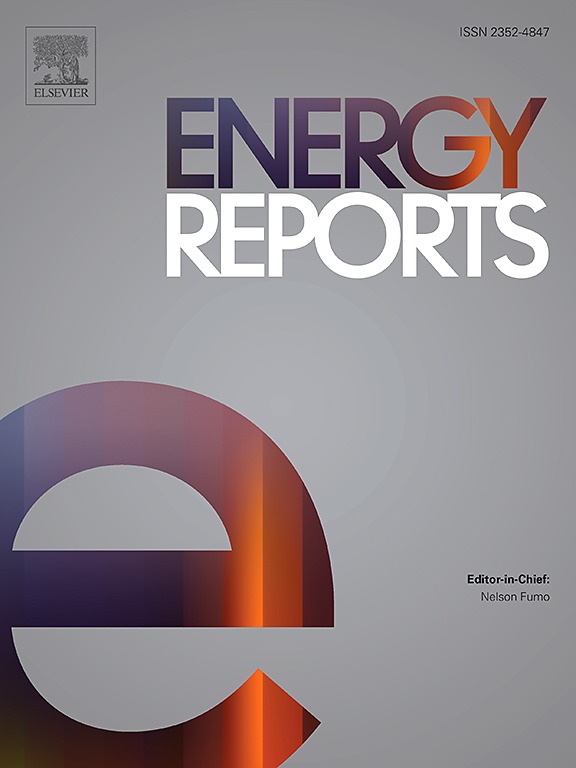Aligning heat pump operation with market signals: A win-win scenario for the electricity market and its actors?
IF 4.7
3区 工程技术
Q2 ENERGY & FUELS
引用次数: 0
Abstract
Residential heat pumps (HPs) have a promising technical potential for demand response. Real-time pricing (RTP) schemes are currently emerging in many countries to unlock this potential. This study is the first to assess the comprehensive efficacy and appeal of incentivizing flexible HP usage with RTP by integrating the perspectives of the energy market and its actors. To this end, we have coupled an agent-based model of the German electricity market with a bottom-up residential HP dispatch optimization model. Our study identifies potential win-win scenarios for the market and its actors in specific contexts. This is particularly the case when users with local photovoltaic or energy-efficient buildings operate HPs with RTP and have moderate comfort tolerance regarding flexible heating setpoints. In these instances, users can realize savings of 10–30 % of annual costs, while market actors benefit from a modest reduction in the maximum residual load (3–5 GW by 2040) and an increase in market values for wind energy. In other contexts, there may be unintended consequences. This is especially relevant when intense responses to price signals due to a high user comfort tolerance cause overshoots in flexible demand, thus triggering an "avalanche effect." In such cases, new residual load peaks emerge compared to inflexible HP operation. Moreover, users in many building types then no longer benefit from flexible HP usage with RTP, as associated expenses such as aggregator fees paid to offset the avalanche effect at the day-ahead market diminish the electricity cost savings. In light of the potential drawbacks for the electricity market and users, our study highlights the importance of conducting a thorough assessment before implementing RTP for flexible HPs on a large scale.
求助全文
约1分钟内获得全文
求助全文
来源期刊

Energy Reports
Energy-General Energy
CiteScore
8.20
自引率
13.50%
发文量
2608
审稿时长
38 days
期刊介绍:
Energy Reports is a new online multidisciplinary open access journal which focuses on publishing new research in the area of Energy with a rapid review and publication time. Energy Reports will be open to direct submissions and also to submissions from other Elsevier Energy journals, whose Editors have determined that Energy Reports would be a better fit.
 求助内容:
求助内容: 应助结果提醒方式:
应助结果提醒方式:


